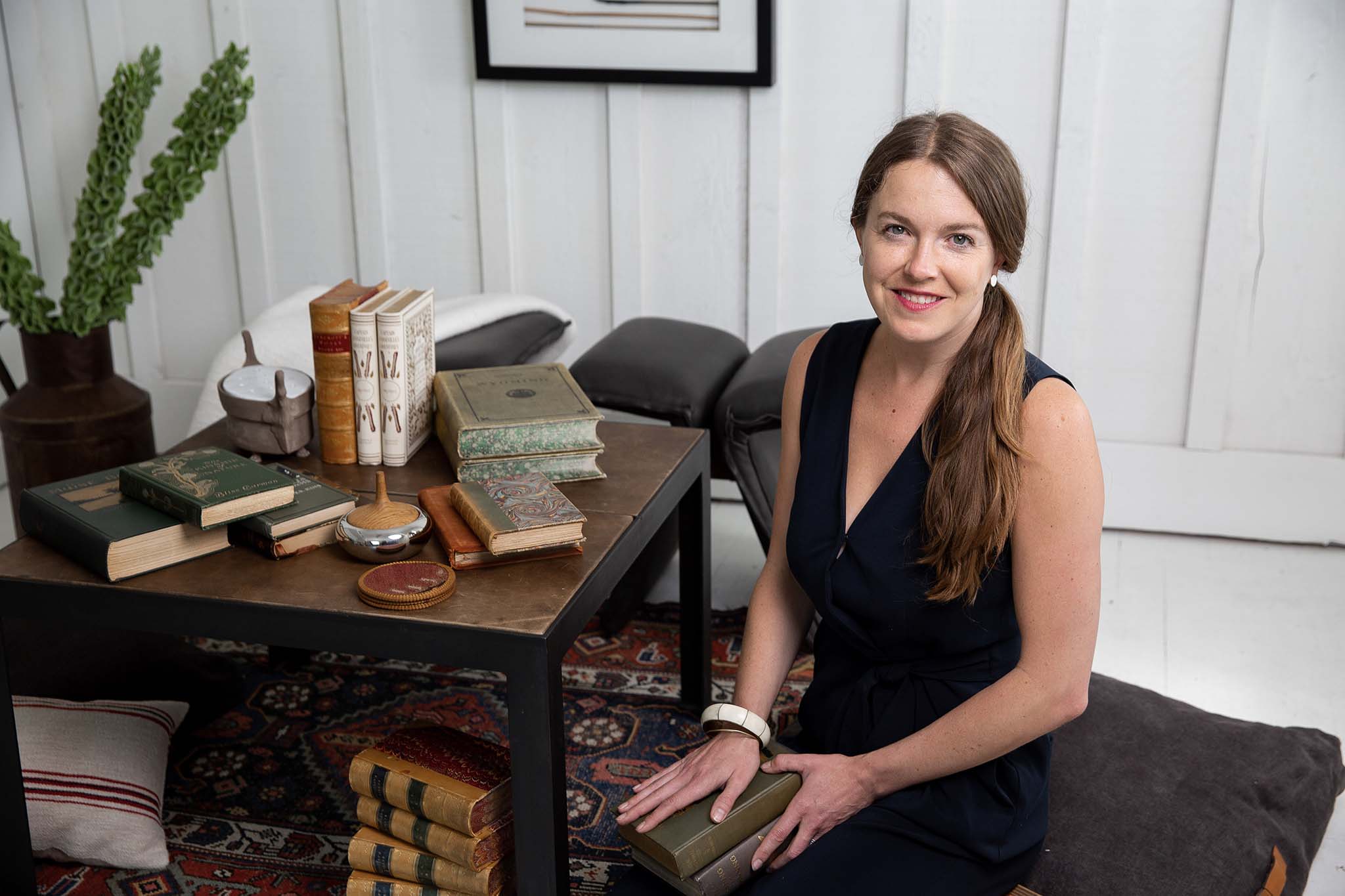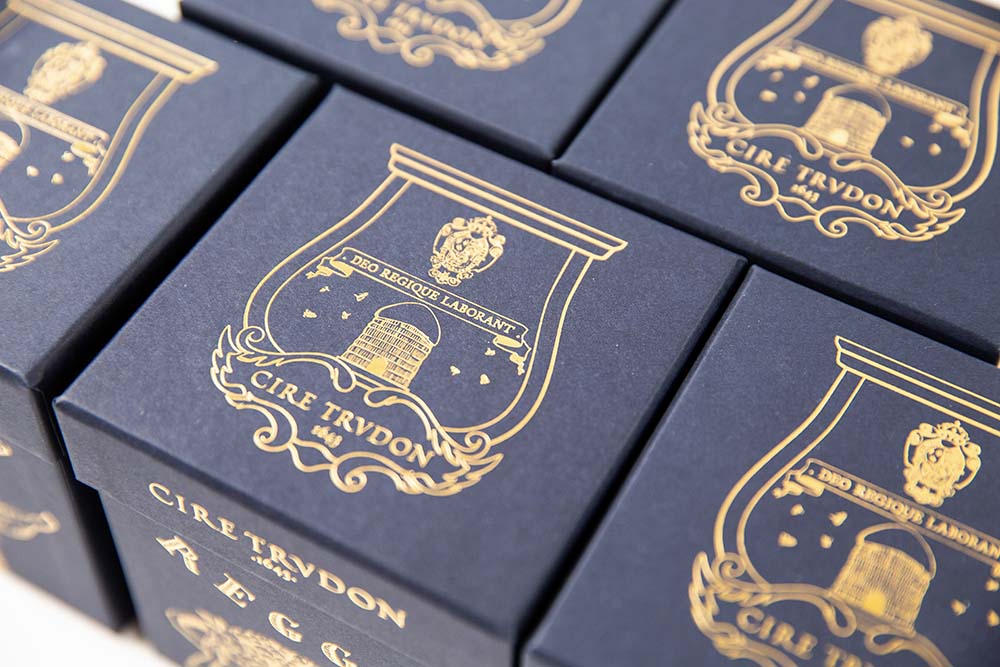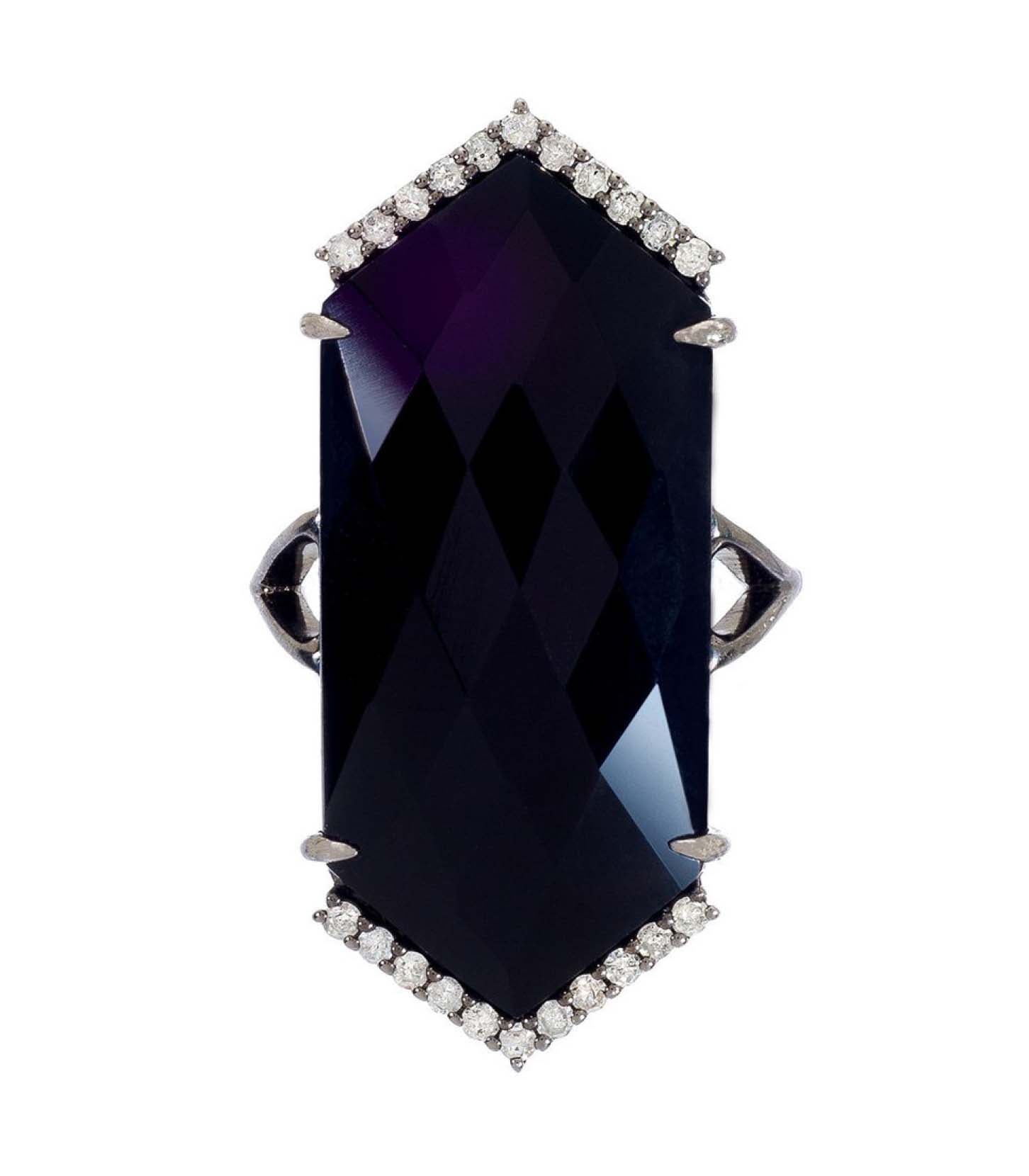
A Novel Concept: Styling Secrets from Christy Smirl of Foxtail Books

With vast experience in the world of books, Christy Smirl brings a designer’s eye to the classic, long-lasting traditions of librarian and bookseller. As the owner and curator of the beautiful shop Foxtail Books, Christy and her team meld artistry and symmetry to form collections that are sophisticated and timeless. She believes that the books on our shelves and in our interior spaces truly have the capacity to reveal who we are. While there’s much thought that goes into creating the perfect stack, or working to organize bookshelves into a stylish format, Christy explains that there’s no right or wrong way to do it. Her first trick for clients is to simply choose and identify what they like to read — she explains that the books in our homes are essentially layers of the interesting things to be found within our lives. With a knack for aesthetic styling, Christy is highly attuned to the ways in which styling with books allows us tell our own unique stories through the collections on display.
Foxtail is slated for a trunk show in our showroom on July 18 from noon-5pm. In preparation, we sat down with Christy to learn her best tips and tricks for bringing a room to life by using books as styling tools and design pieces throughout the home.
___
22H: You’re surrounded by books all day! What are some of your favorite books on display in your own home?
CS: I think of my own family’s collection of books as a reflection of the nature and culture around us — our community and travels. The books I have on display for our own enjoyment and for guests help explore those two sides of our mountain home: local history, field guides, natural history, vintage ski photography, or unique wildlife photography. I’m particularly interested in publishers who are portraying the American West in a creative way.
22H: We never like to judge a book by it’s cover, but do you think the trick to book styling is choosing a beautiful one?
CS: I think covers matter, but variety and options matter more! Unlike a piece of framed art, it’s rare that you’ll have one cover on display for years at a time. Swapping out a coffee table book or a cover turned out on a shelf can be a fun way to switch up colors and focal points in a room.
22H: What tips do you have for finding books to use for home styling?
CS: Much like sourcing for the rest of your home, consider what you already have and what’s missing. Then go look for it, whether in your travels, on the internet, or in local shops. If you need more texture, start searching for fabric or leather-bound editions in antique stores. If you have lots of guests, consider what’s fun to offer someone visiting the area and what your favorite casual reads have been in the last few years.
22H: When styling with books, do you always start with a blank canvas?
CS: When I begin organizing or arranging a collection, I do usually pull everything off of the shelves and start from scratch. The first thing to go back up is either the client’s favorite subject or the most interesting art piece. If you start with that focal point, the other pieces fall into place from there.
22H: Tell us the basics of book styling for a coffee table or night stand. How do you start to build it?
CS: I consider the size of the coffee table and the scale of the room, which helps inform the size and amount of books that might work well in the space. Tiered coffee tables (with space beneath the surface) allow for stacks of books, while leaving surface space for other uses. In any styling configuration, I recommend first considering which books and objects deserve center stage. Ask yourself: What are your favorites, and which are most visually stimulating?

22H: How do you create the most aesthetically beautiful stack of books?
CS: When I’m pulling books for a stack, I pay attention to the material the books are made from (paper, leather, fabric), the font & graphics on the spines, and the objects placed around them. Rather than aiming for perfect, I always think of a stack as something that’s made to be unmade. The hope is for it to draw curiosity and be enjoyed rather than sitting still forever.
22H: What do you think matters most when choosing books to display around the home?
CS: Like any layer of design, it’s important to choose books that reflect the people living in and using the space. While we do focus on color, texture, and vintage when we choose books, the top priority is finding titles that reflect the interests of the people who live in the home. The beauty is in the cover, but it’s also in the content!
22H: For bookshelf styling, what do you think is key to getting it right?
CS: The key is to match the style of the shelves to the rest of the room. Is the larger space clean and pristine, or are you an eclectic collector? What are the pops of color in the room, and should the books correspond to those? Work towards balance (not too crowded, not too sparce) and organic. Everything doesn’t need to appear perfect; books are for use.
22H: Layering seems essential in book styling. What tips do you have?
CS: Size is your primary key for layering. After that, consider a variety of textures and colors. Last but not least, what’s on top? Try choosing a favorite cover, a beautiful tray, or another unique object.
22H: What are some of your favorite art & style books?
CS: I always pay attention to new publications by major art museums in London, New York, and San Francisco. For fashion lovers, the Metropolitan Museum of Art has a stunning book out on their Camp exhibition. The Victoria & Albert has a constant stream of books on the history of design. Taschen always offers beautiful, oversize art books, and their decorative arts series is a favorite. This fall, they’re coming out with a 750-page brick that includes all of Rembrandt’s paintings.
22H: Are there objects you think are essential accessories in a home full of books?
CS: There are only so many bookends and paperweights one can have, but some fun options to compliment the books on a shelf are a decorative magnifying glass or a letter opener. I always recommend a beautiful set of binoculars for homes near open space. In a leather case, they can look nice on the shelf, and you never know what wildlife might pass go by your window. For coffee tables, I suggest options like coasters or a tea tray, in addition to a vase or other art objects. If you enjoy antiques, old ink blotters make interesting, sort of bookish paperweights.
22H: Any book organizational tips?
CS: Consider how you use your books, and how you think of your categories. I believe there is no right way to organize books, and that your system should change as your collection changes. Some people love alphabetization above all else. Others think of their fiction, for example, in subcategories like literary, mystery, and western. Perhaps the way books fit on the shelf, or a beautiful mix of subjects with no rhyme or reason, works best for you. If the organizational scheme you choose doesn’t quite fit your shelves, then consider a way it might be subdivided to move some of the books to another part of the house.
22H: Do you have any specific books that you collect?
CS: I collect rare editions that show the history of book cover design from the Victorian era to the early twentieth century. Literacy and middle class spending power went up after the Industrial Revolution, and publishers followed suit with beautiful design that could sell books to the masses. They provide an interesting history, but it was also simply a beautiful era for design.
22H: Besides coffee tables and book shelves, what other places in the home do you like to display books?
CS: When I plan a home full of books, I keep an eye out for surfaces like window seats, side tables and footstools that might be a good spot for a small stack. In a home with younger residents or a guest room that might expect grandchildren, I include children’s books that are good read-alouds in a basket or bin. I also love a stack of cookbooks if the kitchen has any open shelving.
22H: What describes you, when it comes to styling with books: less is more, or the more the better!
CS: Can I play Goldilocks? I always encourage clients with large collections to pare down a bit, and part of my job is talking people through that process. However, I’m no Marie Kondo. I believe books are some of the most personal, precious items in the home, and I’m often suggesting new additions. When getting rid of books, I like to think of it as making room for one’s favorites to be more accessible and visible. Also remember that getting rid of outdated and worn volumes makes space for more books in years to come. And for book lovers, there will always be more!
22H: Do you have any fun summer reading book suggestions?
CS: Summer is for escaping into a book! Perhaps save your hefty, challenging and “project” reads for winter. Find something that a) grabs you from the very first page and b) fits in a beach bag or a backpack so it can be taken on any adventure. Free yourself of any literary “shoulds” and read what captures your fancy from the first paragraph.
22H: What makes a book beautiful?
CS: Relevance to its reader. Literature and information can be beautiful, and modern book design shows that publishers know how important it is to portray the feeling of the content in the design of the physical object. I would like to think “book beauty” is in the eye of the beholder -- that for even the plainest book on the market, there is a reader who will gasp in delight at its story or perspective. As a library designer, it’s my job to match the two.
Foxtail is slated for a trunk show in our showroom on July 18 from noon-5pm. Join us!


